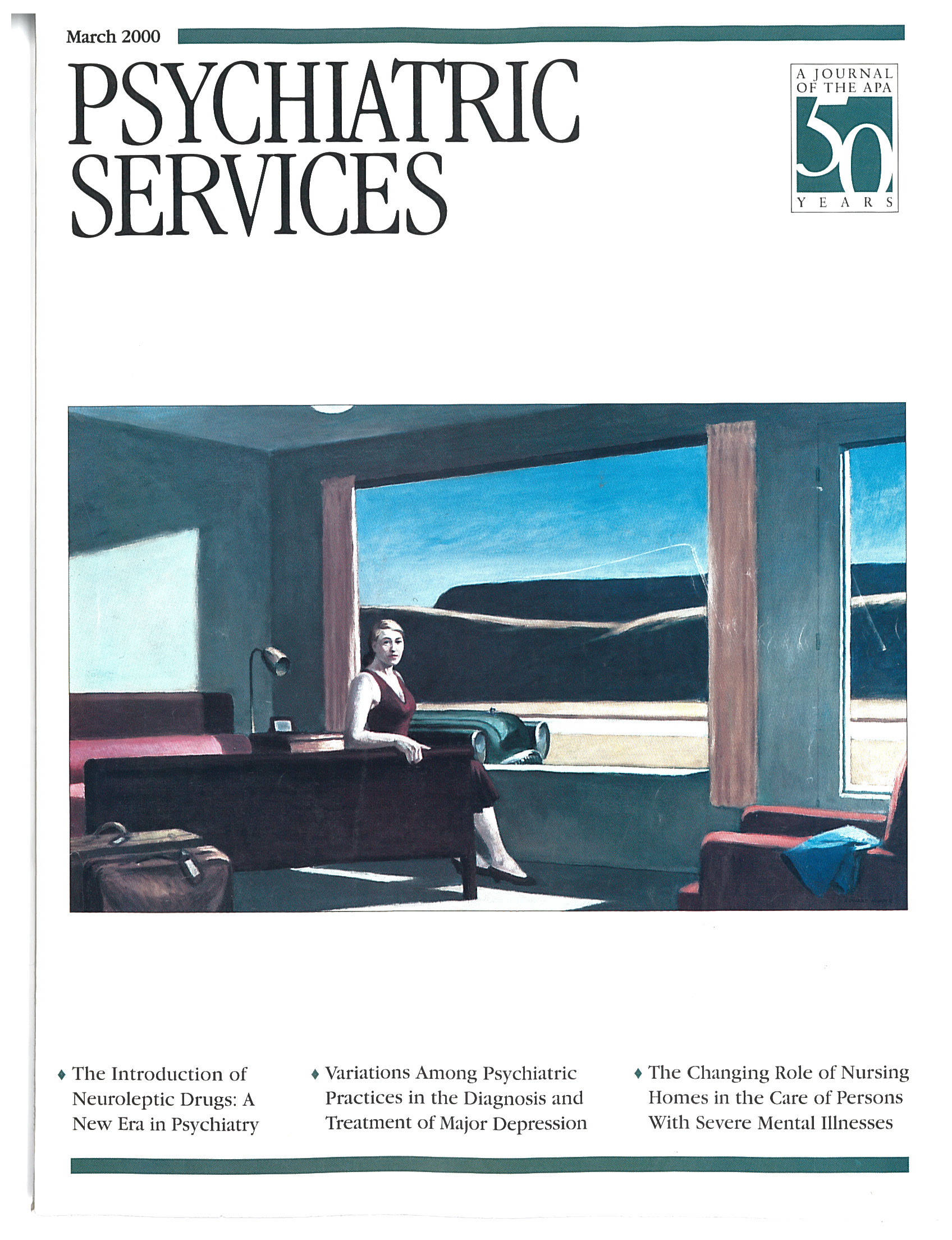Textbook of Pediatric Neuropsychiatry
Only in recent years has the field of neuropsychiatry, which was reborn in the 1980s, turned its sights toward children and adolescents. In the context of such a young field, the scope of the Textbook of Pediatric Neuropsychiatry is awe inspiring. Drs. Coffey and Brumback have coordinated the work of more than 100 authors to gather in one place overviews of neurobiological issues in development, child neuropsychiatric examination techniques, reviews of neuropsychiatric aspects of the principal psychiatric and neurological syndromes of childhood, and literature reviews of treatment.
As a psychiatric resident planning to enter a child psychiatry fellowship and a neuropsychiatrist who directs a psychiatric residency program, we read this textbook from the vantage points of trainee and teacher. Generally the information is encyclopedic and provides "one-stop shopping" for information about most conditions. For each of almost three dozen syndromes or disorders of children and adolescents, the authors include coverage of neurobiology and diagnosis and, in most cases, treatment. The final section, on more global principles of treatment, takes treatment considerations further in such areas as neuropsychopharmacology (four chapters), electroconvulsive therapy, psychotherapies, family interventions, community treatment, forensic issues, and genetic evaluation and counseling.
Many chapters in the book are outstanding for both trainee and practitioner. The chapters on neuropsychological testing, cerebral palsy, electroconvulsive therapy, tic disorders, and genetics are a few excellent examples. We could think of few topics in pediatric neuropsychology that are not covered. It is notable that in all five sections of the text, the material is presented with a uniformity and an evenhandedness that does not slight certain topics or overplay the presentation of others.
We were surprised to find that solid, practical coverage of normal neurobehavioral development and clinical assessment is followed by rather esoteric chapters on imaging and electrophysiology. They present research topics at the expense of basic instruction on when to order tests, what findings to expect in various neuropsychiatric conditions, and how to use results to inform treatment decisions.
Similarly, a few otherwise excellent chapters have occasional lapses in consistency of coverage. The chapter on medical diseases does a fine job of discussing issues common to many conditions, then focuses on nine particular conditions without explaining why others, such as asthma, are not covered. An otherwise excellent chapter on anxiety disorders mentions posttraumatic stress disorder only briefly. The chapter on dyslexia and language-based learning disabilities is among the most reader friendly and best written we've seen, yet no mention of treatment is made. An extensive collection of literature-based psychopharmacology algorithms is presented, but in some areas, such as depression, the algorithms sometimes do not reflect common practice. Despite these minor issues, which will no doubt be addressed in future editions of the book, the majority of chapters are comprehensive and quite well crafted by acknowledged authorities.
It is impossible for one text to serve as an all-inclusive reference for all readers, yet the authors have created a resource that is accessible to pediatricians, pediatric neurologists, and child and adult psychiatrists alike. The topic overviews address the key concepts in each area and are useful for both specialists and trainees. The research-focused chapters reflect the state of the art and are thorough enough for advanced readers. The scope of the book is more comprehensive than previous works in this area. Drs. Coffey and Brumback are to be commended for opening up the field of pediatric neuropsychiatry with this groundbreaking text.
Dr. Haynes is a resident in psychiatry and Dr. Benjamin is associate professor of psychiatry and neurology and director of psychiatric education and training at the University of Massachusetts Medical School in Worcester.



